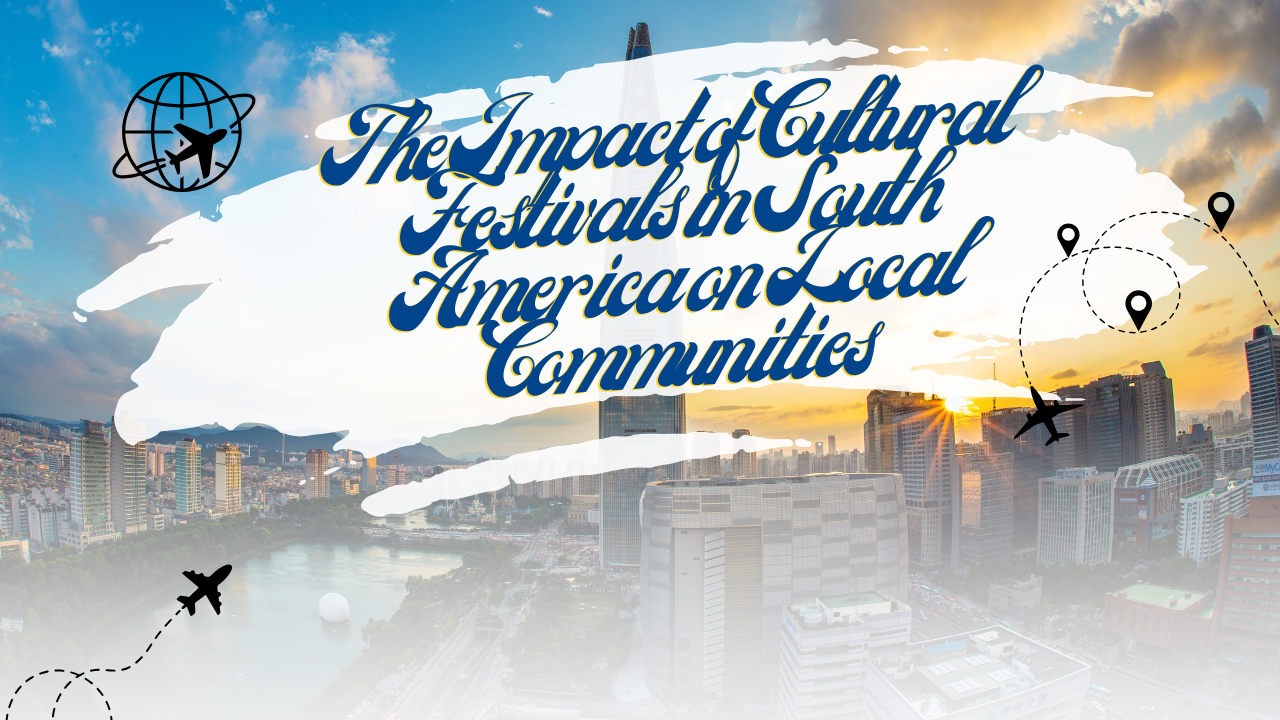South America is a region rich in culture, music, and colour. Cultural festivals in South America are more than just events; they are vital pillars of community spirit, from the spiritual rites of Peru’s Inti Raymi to the thrilling samba beats of Brazil’s Carnival. These celebrations are more than just happy times; they help to maintain customs that have been carried down through the ages, build economies, and define identities. However, what effect do they actually have on the local population? Let’s take a closer look.
Table of Contents
Historical Roots of Cultural Festivals
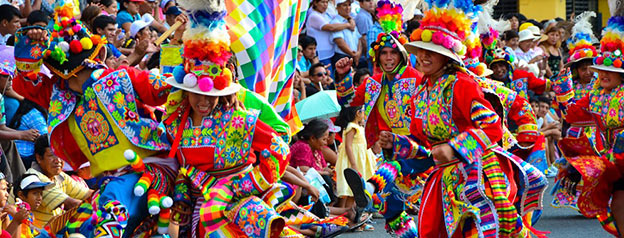
Cultural festivals in South America trace their roots back thousands of years. Indigenous communities celebrated harvests, honored deities, and marked life’s milestones with grand rituals. Later, colonization brought Catholic traditions, blending with native customs. The result? Unique festivals like Peru’s Corpus Christi, which is both a religious and cultural fusion. Over centuries, these traditions evolved, creating the vibrant celebrations we witness today.
Economic Impact of Festivals
Boosting Local Tourism
Festivals draw a lot of tourists. Every year, millions of tourists flock to South America, drawn by the prospect of life-changing cultural encounters. From lodging and dining to transit, this upsurge stimulates local economies. Festival season is the busiest—and most lucrative—time of year for many rural towns.
Generating Employment
Think beyond performers and organizers. Festivals create jobs for artisans, food vendors, security personnel, and guides. A single event can employ thousands, helping families sustain their livelihoods.
Promoting Local Businesses and Crafts
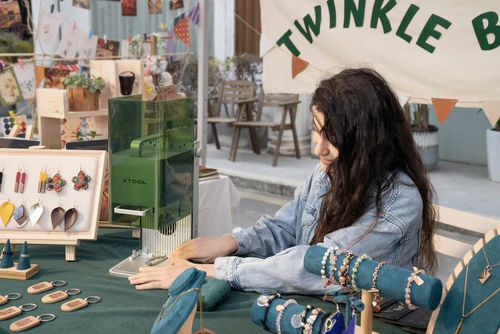
Markets thrive during festivals. From handmade jewelry in Ecuador to embroidered costumes in Bolivia, local crafts gain visibility and sales, ensuring artisans keep their traditions alive.
Social and Community Bonding
Festivals are the lifeblood of the community. Strangers become friends, neighbours work together, and families get back together. They encourage volunteerism, as residents band together to plan dances, cook meals, and adorn the streets. Festivals even act as the social hub of tiny communities, promoting inclusivity and a sense of community.
Cultural Preservation
Safeguarding Indigenous Traditions
Without Cultural festivals in South America , many indigenous practices would fade into obscurity. Dances, songs, and rituals kept alive during festivals serve as living history lessons.
Passing Heritage to Younger Generations
Children dressed in traditional attire not only entertain but also inherit their ancestors’ stories. These experiences instill pride and continuity in cultural identity.
Reviving Art, Music, and Dance
Festivals breathe life into traditions. In Argentina, the Tango Festival isn’t just about dance competitions—it’s about preserving a cultural treasure that defines the nation.
Famous Cultural Festivals in South America
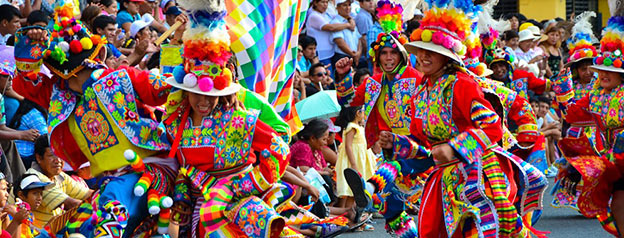
- Carnival in Rio de Janeiro, Brazil – The world’s biggest party, known for its samba parades and street celebrations.
- Inti Raymi, Peru – A festival honoring the Incan sun god, held in Cusco.
- La Tirana Festival, Chile – A religious and folkloric celebration mixing Catholic and Andean rituals.
- Day of the Dead, Ecuador – A time when families honor their ancestors with altars and traditional foods.
- Tango Festival, Argentina – A celebration of Argentina’s most iconic dance form.
Tourism and International Recognition
Festivals put communities on the global map. Tourists arrive with cameras and curiosity, while international media broadcasts the vibrancy worldwide. This Cultural festivals in South America diplomacy helps reshape perceptions of South America, showcasing it as a hub of joy, art, and resilience.
Impact on Local Youth
Festivals are classrooms outside schools. Young people learn dance, music, and craft-making. They gain confidence and pride while honing skills that could even lead to careers in art, tourism, or cultural preservation.
Festivals as a Source of Unity
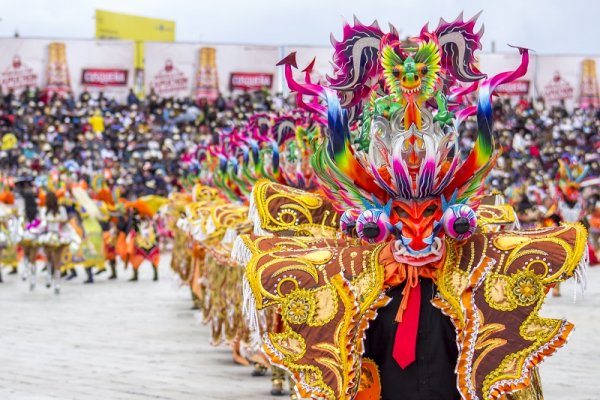
South America is a tapestry of cultures, languages, and histories. Festivals weave these threads together. Whether indigenous, Afro-descendant, or European in origin, everyone finds a place to celebrate, fostering peace and intercultural respect.
Challenges Faced by Cultural Festivals
But it’s not all glitter and joy. Festivals face real challenges:
- Commercialization threatens authenticity, turning sacred rituals into tourist shows.
- Environmental concerns arise from waste and overcrowding.
- Safety issues like pickpocketing and crowd management require constant attention.
Balancing tradition with modernization remains a tricky path.
Role of Governments and NGOs
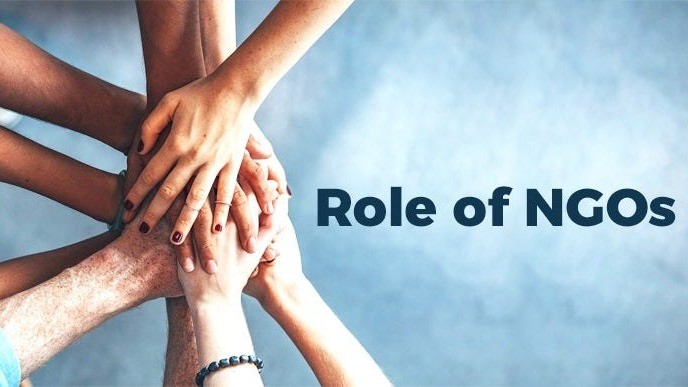
Governments recognize the power of festivals. Many provide funding, infrastructure, and security support. NGOs also step in, promoting eco-friendly practices, offering training for locals, and ensuring inclusivity for marginalized groups.
Digital Transformation of Festivals
Festivals are no longer limited to physical locations in the digital age. Rio’s Carnival can be seen in living rooms all over the world thanks to live streaming. Millions of people who are unable to attend in person are exposed to the music, colours, and customs through social media. Cross-border cultural exchange is ensured through virtual involvement.
Sustainability of Cultural Festivals
Festivals need to go green if they want to prosper in the future. Eco-friendly costumes, recyclable materials, and conscientious tourism are becoming necessities. While adjusting to contemporary expectations, communities are also figuring out how to preserve authenticity.
Personal Stories and Testimonials
For a local artisan in Peru, Inti Raymi means selling handmade pottery that her family has crafted for generations. For a young dancer in Brazil, Carnival is a chance to shine on the global stage. For international visitors, festivals often become life-changing experiences of connection and wonder. These personal stories highlight the true heart of festivals—the people.
Also visit:
Secret Treasures: Discovering Hidden Gems in Italy
Hidden Gems in Italy: Exploring Beyond the Tourist Trail
Hidden Gems in Italy That Will Take Your Breath Away
The Best Beaches in Florida for Nightlife and Entertainment
The Best Beaches in Florida for Beach Volleyball
Conclusion
Cultural festivals in South America are more than entertainment—they’re lifelines. They fuel economies, preserve traditions, unite communities, and inspire future generations. Yet, they also demand careful protection against commercialization and environmental harm. By celebrating responsibly, we ensure that these vibrant traditions continue to flourish for centuries to come.

